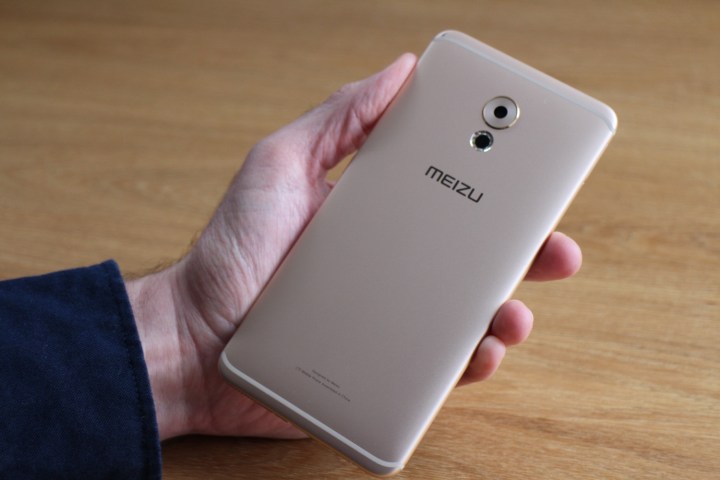
Exactly what this will mean will come with the announcement, and Meizu isn’t teasing anything beyond a single image with a multi-colored letter C in the centre at the time of writing. What will make it suitable for international audiences? Only Meizu knows at the moment, but we wonder if it means a change to Meizu’s Flyme user interface, which is placed over the Android operating system on most other Meizu phones. However, this is speculation on our part for now.
To coincide with this push into dedicated international devices, Digital Trends spoke to Boudeling ahead of the launch, to understand more about a company which may be unfamiliar to many.
Research and development

“We started as a hardware company 14 years ago, and hardware is still at our core today,” Boudeling told Digital Trends. “When we started doing hardware in 2003, we didn’t use a fixed research and development budget. Rather, every idea or project was reviewed individually and received resources if it seemed worthwhile. At the time it was basically innovate or die, and we found this method most effective since no good project would get dismissed due to budget restraints. The market has now matured, yet we maintain our attitude to let R&D work free from budget restrictions.”
Engineers in Meizu’s R&D department obviously like the relative freedom, and many have worked for the company for more than a decade. What has this open approach to innovation resulted in? Boudeling gave us a few examples. In 2014, the MX4 Pro became the first Android phone with a fingerprint sensor that needs a finger pressed down on it to activate, rather than being slid down the sensor like other examples at the time. This is now standard on all high-end
“In 2017, we will continue to demonstrate that we are among the companies bringing innovation to this industry,” Boudeling confidently stated. He noted the debut of Super mCharge, a fast-charging technology demonstrated earlier this year, which took a battery to 100 percent charge in 20 minutes — way faster than all other fast-charging technologies available at the moment, including Meizu’s own existing mCharge. It’s not certain the Super mCharge system will be available this year though. Meizu is also invested in making its cameras the best they can be, with a dedicated camera R&D department. The MX6’s camera was the fastest in the world upon release, taking pictures at a mere 319ms.
No U.S. launch plans
Last year, Meizu shipped 22 million units — breaking previous company records — and two million of those were sent outside China.
While the arrival of a true international phone from Meizu is great for those where the company’s phones are readily available, it’s not so good or U.S. fans, as the company doesn’t have any plans to launch here, leaving many to rely on importers if they want to own a Meizu phone.
The mystery Meizu phone will be announced on May 23, and rumors are currently swirling around the impending arrival of a phone referred to as the Meizu M5c.
Editors' Recommendations
- We have some good news about AMD’s next massive CPU launch
- TCL launches its first phones, and even the 5G version costs less than $500

